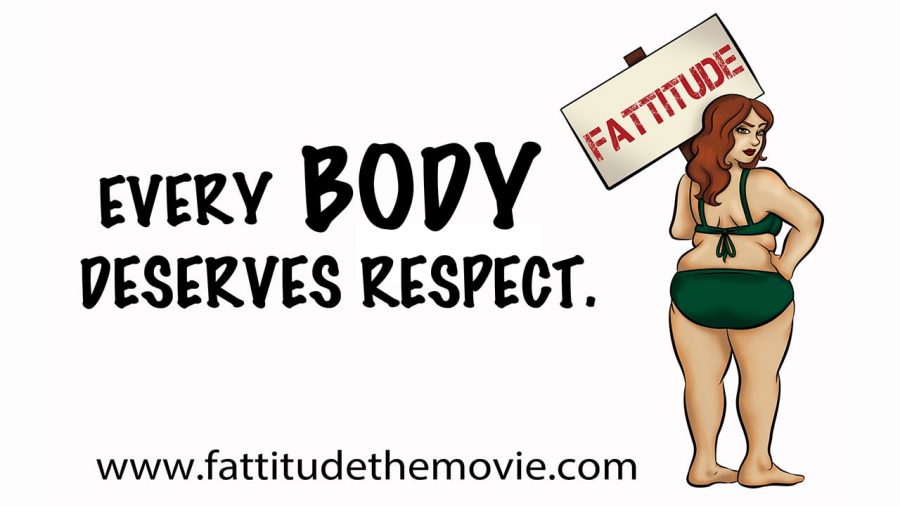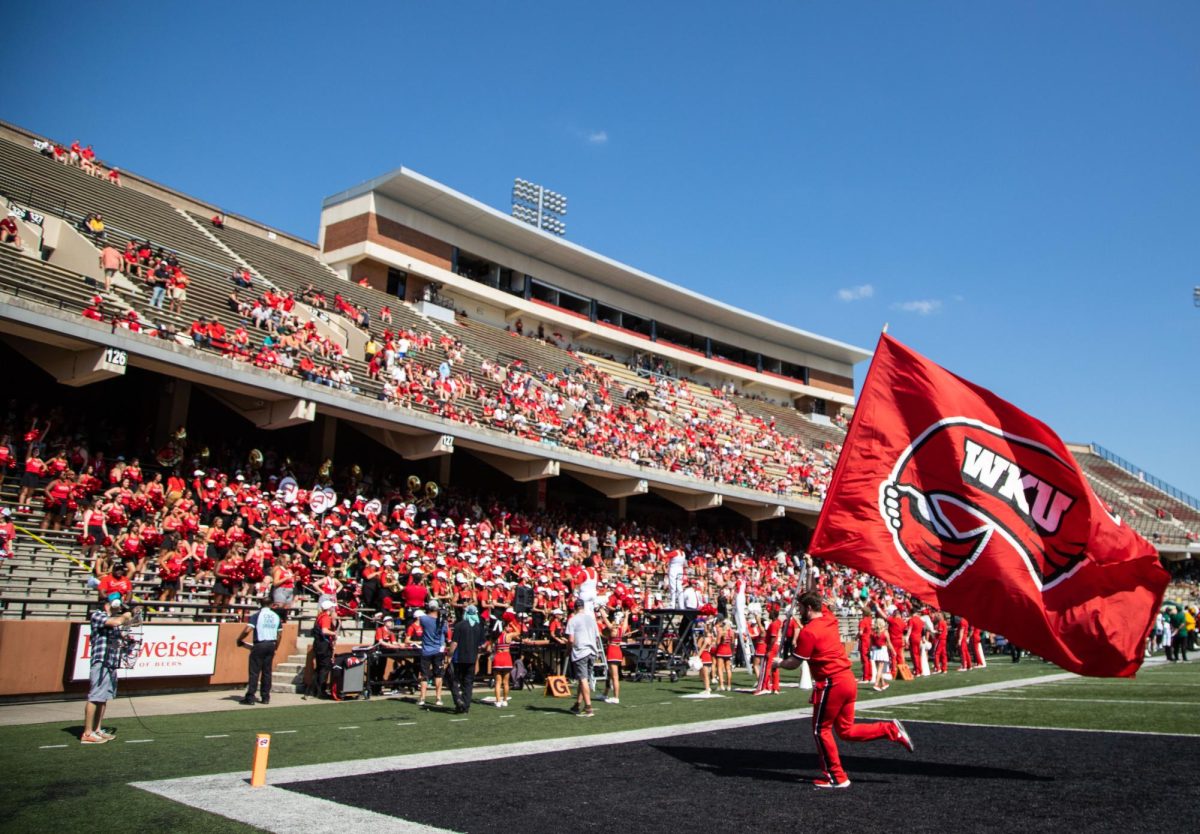Pop Culture and Gender Students host discussion over body image film
February 24, 2021
Pop Culture and Gender students created a presentation based on the film “Fattitude,” and led a discussion about the film afterward on Tuesday.
The film was made available to students and faculty attending days prior to the event, and the film is available on Women Make Movies.
The film focuses on how popular media perpetrates “fat hatred,” which can lead to cultural bias and discrimination.
The discussion focused on many topics including media representing different body types, how some brands promote body positivity, and discrimination within the fashion industry.
Much of the discussion focuses on how women were depicted in films and television and how body types are represented within them. Katherine Frantz, a student in the class, said she felt like “Booksmart” represented different body types.
“The protagonist is unique in that much of her body type isn’t really talked about but instead she is made fun of for her dedication and obsession with school and grades,” Frantz said. “Ultimately she becomes the hero of the film and shines among her classmates.”
Tuesday Grenead said there are not many examples of body diversity in film, the only example that came to mind was “Hairspray.”
Dawn Hall is a professor and a gender and women’s studies coordinator. Hall said that a common trope she sees on television is what she calls the “sitcom trope” which is where a man with a dad bod is married to a stereotypical hotwife.
Students discussed plus-sized clothing in comparison to what is considered standard clothing sizes and the discrimination within the fashion industry.
Carrie Cox is an assistant professor of fashion merchandising. She said that the fashion industry caters to smaller sizes because it typically sells more.
“We only have so much fabric, and when you order XXL t-shirts for two people that fabric has to be manipulated,” Cox said. “If I need a 14 or 16 it’s going to sit there because it’s discriminatory, those who need a larger size, they’re not going to come to that store looking for that size they already know it’s not going to be there, or the selection is going to be pitiful. So, to buy for larger sizes increases your cost. And then if it doesn’t sell, then you’re losing money.”
Debra Murray can be reached at debra.murray940@topper.wku.edu. Follow her on Twitter @debramurrayy
















